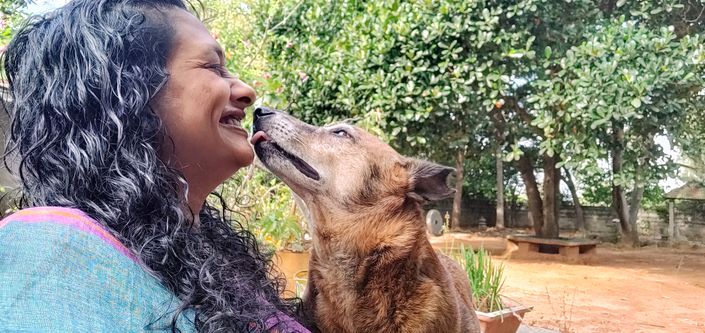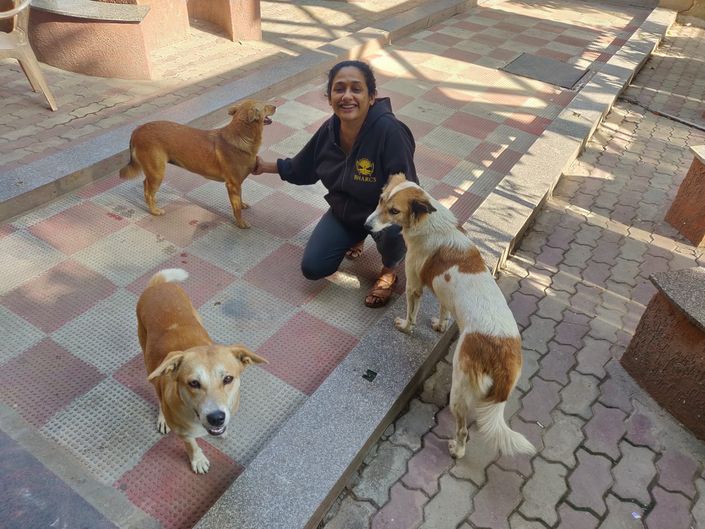The CE 101, now in 2 new flavours!
You could be a pet parent or a dog behaviour professional...
...choose a path that supports your interest and objective.
Access a range of learning opportunities that work best for you.
Know more by clicking on the path of your choice below.
Not sure about the Canine Essential 101?
Try the Canine Communication course instead.

Canine Communication
An interactive workshop with short video lectures by Sindhoor Pangal and real life footage to get deeper insights into dog communication.
The course includes a deep dive into
- Learning about calming signals,
- The different types of signals and what do they mean
- What to do when your dog exhibits these signals
- A brief guide to vocalisations in dogs.
- Access to 30 videos, 20+ quizzes, 15+ assignment suggestions
This course can be taken by anyone. No prior experience with dog training required.
However, you should be willing to learning the kinder way of dealing with dogs.
The BHARCS Way...
... is a fresh new take on dogs!
We combine a strong understanding of the body and mind of dogs, canine communication and studies on street dogs, to analyse behaviours and to help create harmony in your home.
You will learn everything you need to know to apply the BHARCS Way in your life, be it as a dog guardian streety feeder or a professional.
NOTE : If you are from India, write to [email protected] for special rates and discounts.



